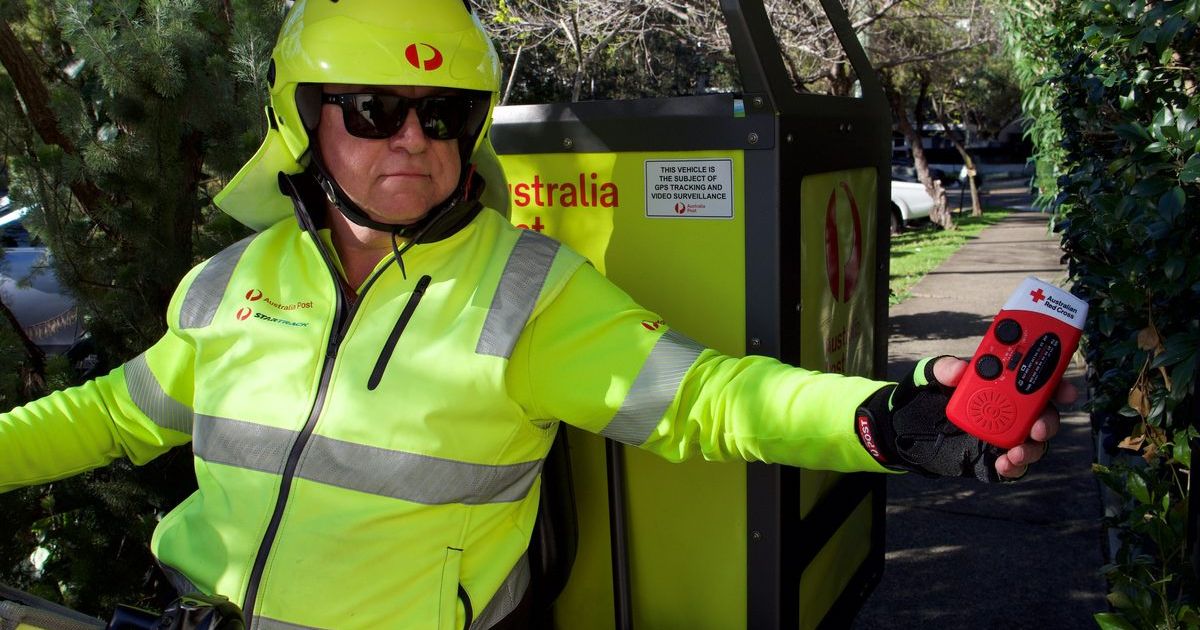Not the rivers and the lakes that you’re used to

Flow-on effect: Water authority and safety representatives say changing conditions in rivers, lakes and streams are important to take into account summer. Photo: TRACEY NEARMY/ AAP IMAGE
WITH warmer weather here, there’s a good chance you’re keen to make a splash in your favourite water hole.
Yet before you dive in, Goulburn-Murray Water’s general manager for water storage services Martina Cusack said it’s important people exercise caution following spring rains.
“The conditions have changed quite a bit since people would have last visited these locations, mainly because of the floods,” she said.
“Our rivers and lakes are quite full now. A lot of the sandbars and the snags that people would have been used to before have changed or moved.
“Things that would have been visible above the water will now be hidden so that’s pretty dangerous and something to be aware of.
“The main thing is to be aware of your surroundings and that change in condition.”
Ms Cusack also stressed that irrigation channels are not for recreational swimming.
“The flow of waters in channels can change quite suddenly as our regulating doors, which are operated remotely and automatically, open and close,” she said.
“That poses a hazard to swimmers. There’s a lot of debris in the water following the floods and there’s a lot of debris and obstacles in channels.”
Life Saving Victoria’s manager of research and evaluation Dr Hannah Calverley said alcohol is a dangerous combination when swimming in lakes and rivers.
“We’ve found over the past 10 years that 80 per cent of all drowning cases in rivers, creeks and streams were alcohol-contributed,” she said.
“Alcohol especially is more common with inland drowning than in coastal settings and contributes to about a third of all drownings each year in Victoria.
“It affects your coordination, how you perceive up and down in the water and can severely decrease your swimming ability.”
Statistics from Royal Life Saving Australia estimated seven nationwide drowning deaths have been reported over the current summer period, with 23 reported during the previous season.
Dr Calverley said just under half of all fatal drowning incidents that occurred last year took place at inland waterways, which are the number one sites for fatal drownings in Australia.
She said also the onus is on the individual to know their limits when swimming in inland waterways.
“Anybody can be at risk of drowning if their ability doesn’t match the conditions,” she said.
“The safest message is to make sure children are supervised, that you’re staying within your limits and that you recognise that inland waterways are very changeable.”


















